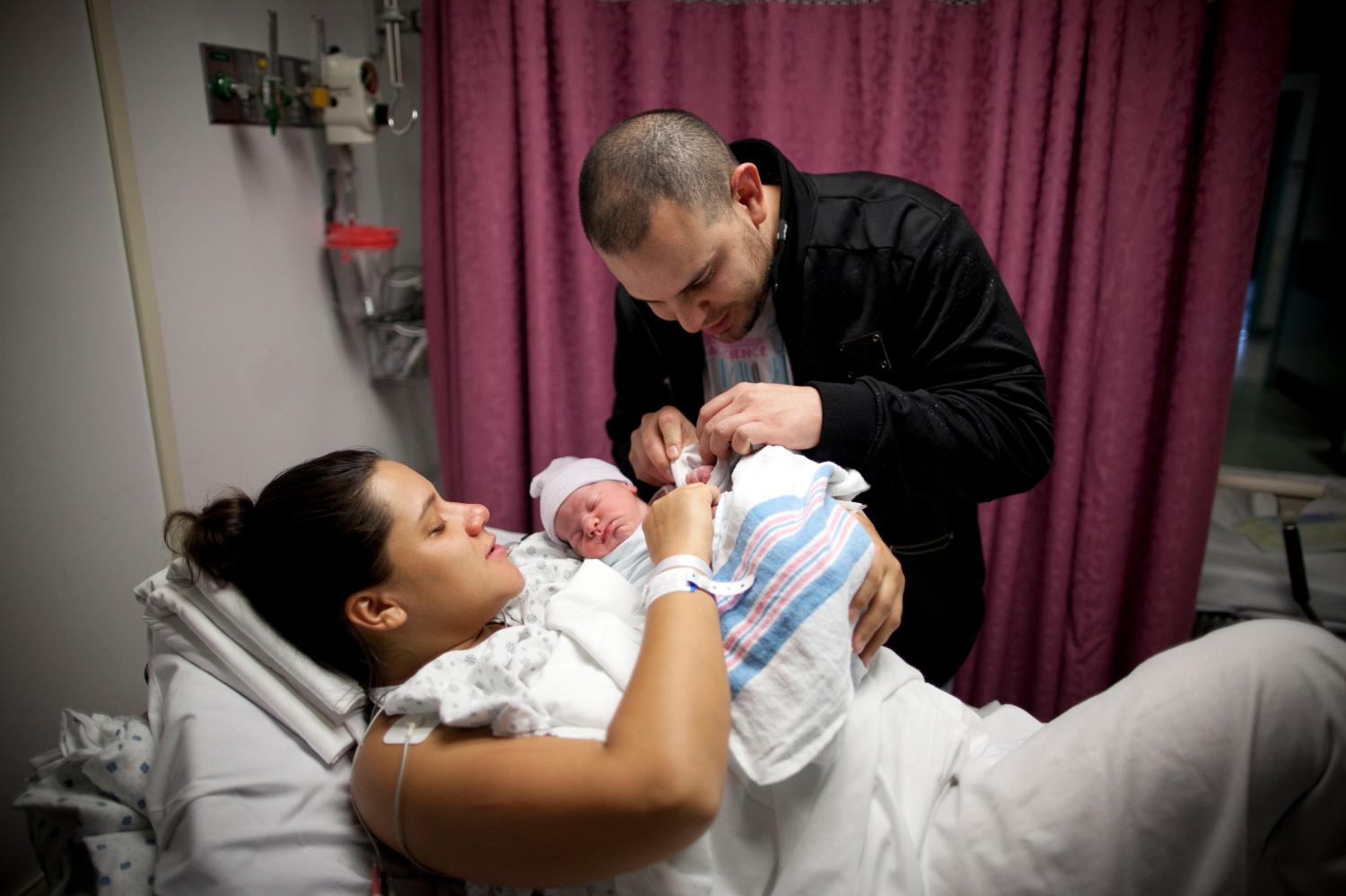We’re steadily learning more about the way neighborhood culture can reinforce or weaken the key building blocks for economic mobility, including education, health, and the propensity to save. It really does take a village to be successful in life.
Some analysts are very pessimistic about cultural trends in low-income communities and their impact on mobility. In Coming Apart, Charles Murray describes the sharp decline in poor neighborhoods of four “founding virtues” linked to economic improvement: industriousness, honesty, marriage, and religiosity. He and others also worry that the growing homogeneity of both rich and poor communities means those at the bottom are less likely to encounter upwardly mobile neighbors and positive social norms. Robert Putman sees such trends as trapping people in a low-achieving social class. Indeed, it should be no surprise that being raised in a neighborhood where it is accepted that few complete high school, or work steadily, or delay childbearing until it is economically viable, depletes the motivation to complete the steps needed to make it to the middle class. True, some do overcome such cultural stickiness. But NYU’s Patrick Sharkey observes that an upbringing in a very poor, segregated neighborhood is likely to have dire, multigenerational impacts.
Negative social and cultural influences can hamper upward mobility in subtle ways. The medical literature suggests that social networks and cultural norms are major factors in the prevalence of obesity, smoking, and other habits and conditions that are obstacles to long-term economic success. Meanwhile Harvard’s Roland Fryer laments that social stigma emanating from cultural norms can discourage African-American and Hispanic students from doing well in certain school settings.
On the other hand, social and cultural norms may help explain the upward mobility of some populations. A strong religious culture is connected with higher levels of education, marriage and other positive influences. Harvard’s Raj Chetty and his colleagues observe measures of social capital and religiosity in different U.S. cities are among the most strongly correlated variables with upward mobility. And Amy Chua and Jed Rubenfeld in their provocative new book claim cultural norms explain sharp differences in economic success among immigrant groups.
We need to explore how to foster cultural and character traits associated with success. We already know that many key habits, such as saving regularly, are deeply rooted in family and community culture and also linked to the development of other pro-mobility traits such as patience, self-control, and fortitude. The good news is that some organizations claim success at creating a culture of savings in poor communities.
We must also seek to rebuild social capital in poor neighborhoods to revive or reinforce a positive culture. Strong families, religious institutions, and neighborhood organizations are recognized as essential for a positive neighborhood culture and social norms. But we may need to look at such institutions as charter schools and community schools as a new generation of social anchors as we try to strengthen social and cultural capital in poor neighborhoods.
The Brookings Institution is committed to quality, independence, and impact.
We are supported by a diverse array of funders. In line with our values and policies, each Brookings publication represents the sole views of its author(s).




Commentary
Cultural Norms and Social Mobility
February 24, 2014